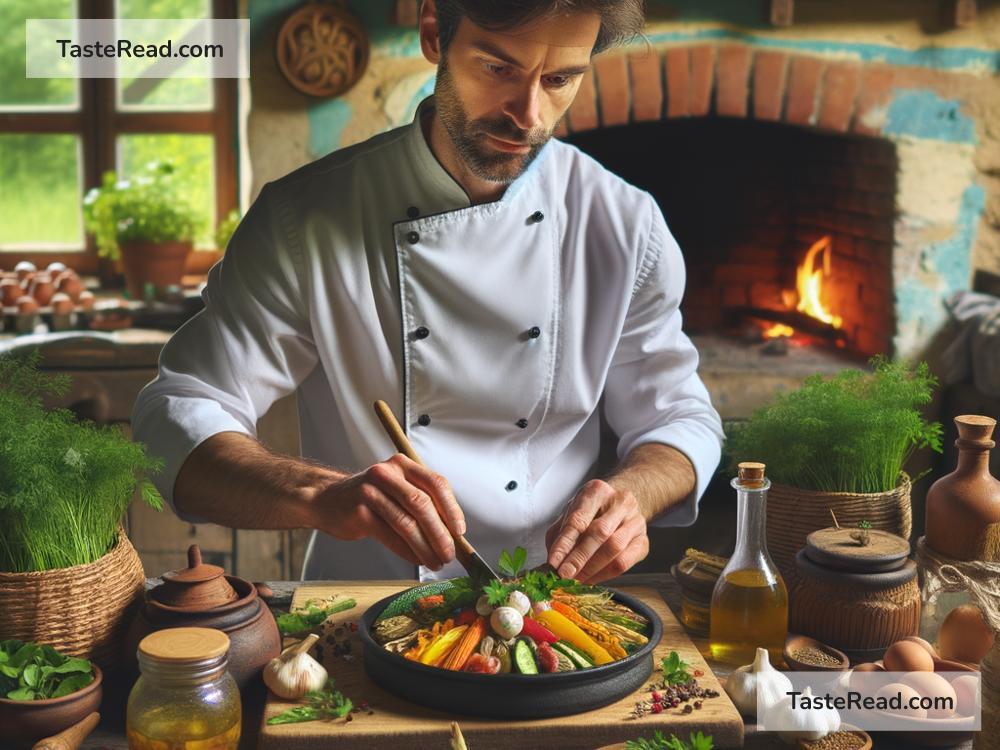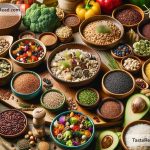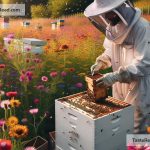Cooking with Perennial Wild Edibles for Sustainability
In today’s world, where phrases like “sustainable living” and “eating locally” are more than just buzzwords, one of the simplest and most delightful ways to embrace these concepts is by turning to nature’s bounty – particularly, perennial wild edibles. These are plants that not only grow without any cultivation but also come back year after year. From the refreshing taste of wild mint in your tea to the crunchy texture of dandelion greens in your salad, cooking with wild edibles is an adventure for your taste buds and a step towards living more sustainably.
Why Perennial Wild Edibles?
Perennial wild edibles are a treasure trove of nutrition and flavor, often overlooked in favor of their supermarket counterparts. The beauty of these plants lies not only in their ability to grow without any human intervention but also in their resilience. They adapt to their environment, requiring less water and no fertilizers or pesticides, making them an eco-friendly choice. By foraging and cooking with these plants, we reduce our carbon footprint, encourage local biodiversity, and get closer to the natural world.
Getting Started with Foraging
Foraging might sound complicated, but it’s pretty simple and incredibly rewarding. Start by familiarizing yourself with the perennial wild edibles native to your area. Local foraging guides and community workshops can be great resources. Always remember to forage responsibly, taking only what you need and leaving enough behind for the plants to thrive. It’s crucial to have a 100% certainty about the plant’s identity to avoid consuming something harmful. When in doubt, leave it out!
A Few Popular Perennial Wild Edibles
- Dandelions: Far from being just a stubborn weed, dandelions are nutritional powerhouses. Their leaves are perfect for salads, while the flowers can be made into a delicious tea or jam.
- Wild Garlic: Found in woodland areas, wild garlic can be used just like its domesticated counterpart, adding a wonderful flavor to soups, pesto, and more.
- Nettles: With a taste similar to spinach when cooked, nettles are excellent in soups, teas, or simply sautéed. Just remember to wear gloves when handling them to avoid their sting!
- Blackberries: Wild blackberries are a sweet treat that can be found in many regions. They’re perfect for jams, pies, or eating straight off the bush.
Simple Recipes to Get You Started
Cooking with perennial wild edibles is surprisingly easy, and there are countless recipes online and in foraging books. Here are a couple of simple ideas to inspire you:
- Dandelion Salad: Combine young dandelion leaves with sliced strawberries, goat cheese, and nuts. Dress with a simple vinaigrette for a refreshing and nutritious salad.
- Wild Garlic Pesto: Blend wild garlic leaves, parmesan cheese, pine nuts (or any nuts you have), olive oil, and a pinch of salt for a quick and flavorful pesto that can be used with pasta, on bread, or as a marinade.
The Impact of Cooking with Perennial Wild Edibles
By incorporating perennial wild edibles into our diets, we’re not just treating ourselves to fresh flavors and new culinary experiences; we’re also contributing to a more sustainable world. These plants help promote soil health, reduce water usage, and encourage biodiversity. Moreover, foraging connects us with our environment, creating a sense of place and a deeper appreciation for nature’s cycles.
A Few Words of Caution
While cooking with wild plants is a delightful experience, it’s essential to approach it with caution. Some plants can be toxic, and others might be protected species in your region. Always ensure proper identification, and if you’re ever unsure, consult with a local expert or simply opt out.
Embracing the Wild
Cooking with perennial wild edibles is a journey back to our roots, a way to reconnect with the land and our ancestral knowledge of plants. It’s an act of sustainability, resilience, and creativity. So next time you’re out on a walk, take a moment to look around. You might just find your next meal growing at your feet, ready to be discovered and enjoyed. Welcome to the delicious world of wild edibles, where every meal is an adventure and a step towards a more sustainable future. Happy foraging!


